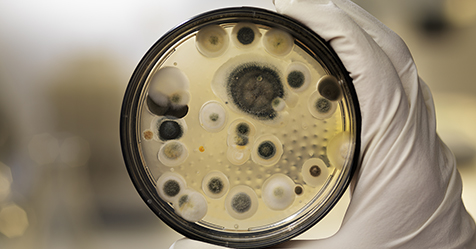Shine a Light on Seasonal Affective Disorder
According to a recently debunked myth, yesterday, the third Monday of the month, was the most depressing day of the year. Research has not proved this theory and it turns out the rumor was started in 2005 as a ploy for people to book vacations to sunny climates in the winter, CNN reports. However, Blue Mondays are a real phenomenon that can lower your worker’s productivity. In the northern hemisphere, low motivation and feelings of depression are especially common in January and February and can be due to Seasonal Affective Disorder (SAD).
SAD is a form of depression that people experience during the fall and winter months when there’s less sunlight. This condition is estimated to affect 10 million Americans, and 5% of people with SAD have symptoms severe enough to interfere with their ability to do their daily tasks, such as working.
The condition has been linked to a biochemical imbalance in the brain prompted by shorter daylight hours and less sunlight in winter. Common symptoms include fatigue despite how much a person sleeps, and weight gain associated with overeating and carbohydrate cravings. Other signs include feelings of sadness, loss of interest in activities once enjoyed, feelings of worthlessness or guilt, and trouble concentrating or making decisions.
Several treatments have proven to relieve the symptoms of SAD, mainly getting outdoors in sunlight more often. If you do not have access to natural sunlight, another option is light therapy, which involves sitting in from of a light box that emits very bright light for at least 20 minutes per day. Exercising regularly, eating well, and sleeping enough can also help combat SAD symptoms.


